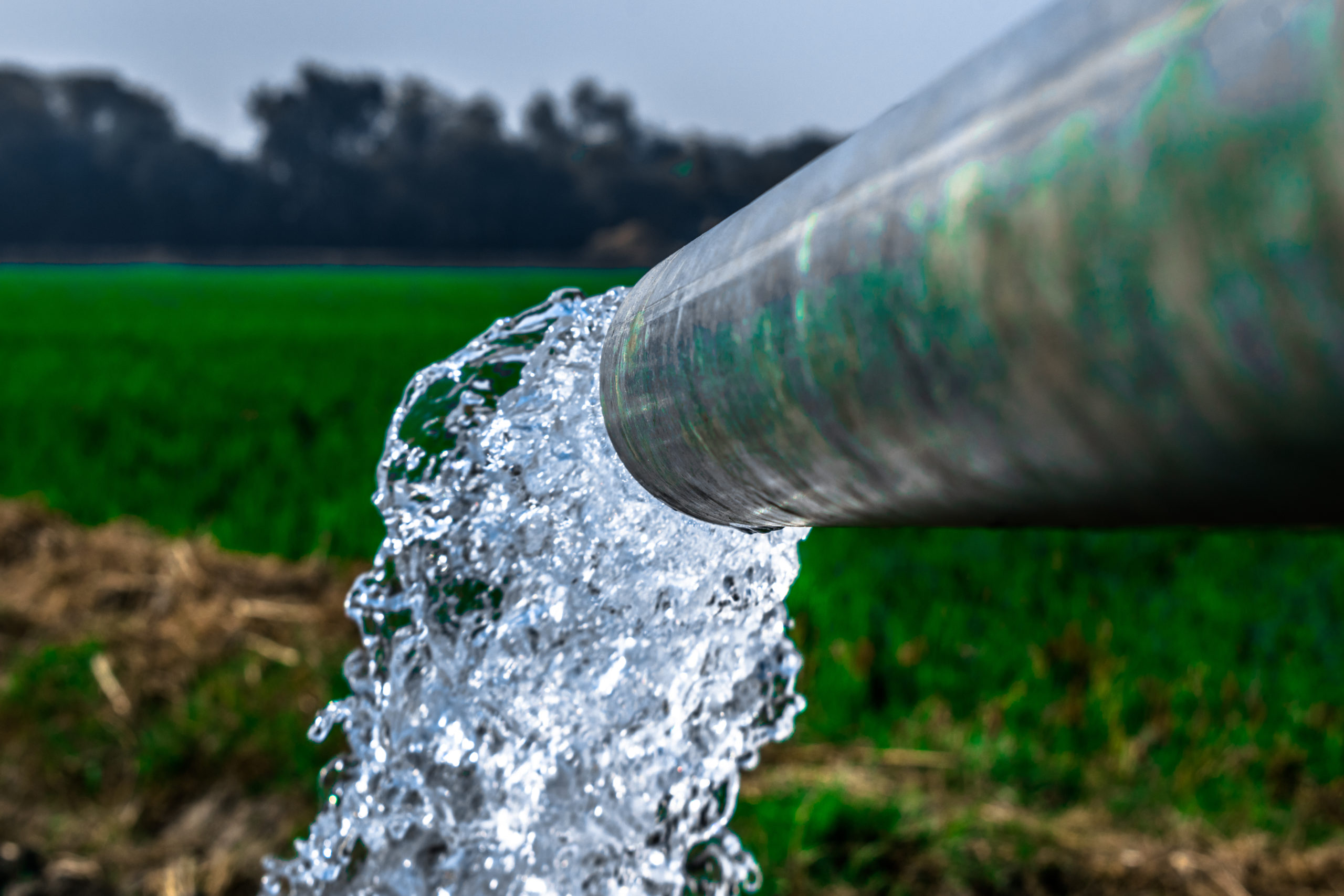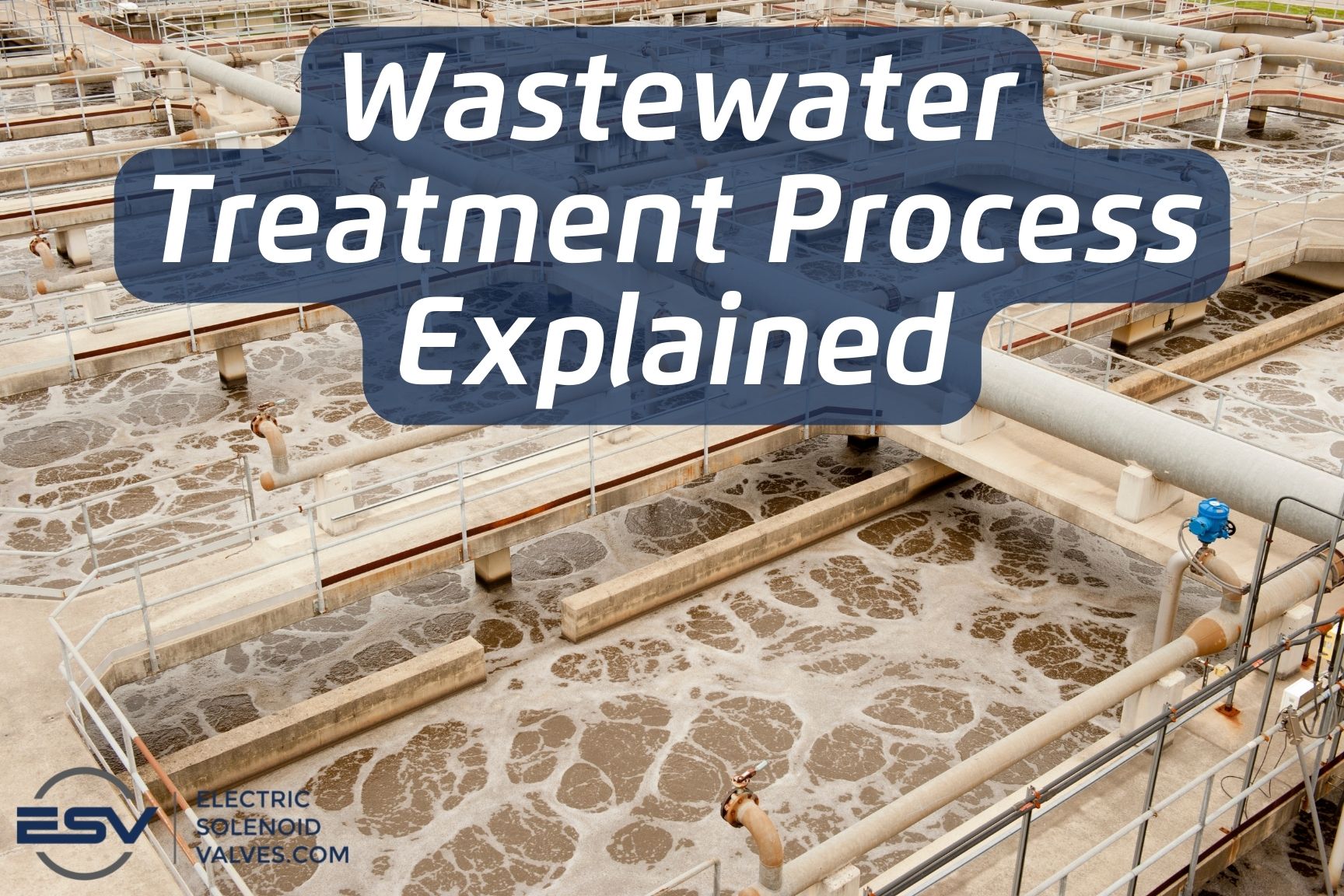Strategic Approaches to Boost Waste Water Treatment Efficiency and Reduce Ecological Effect
In the world of waste water therapy, the mission for enhanced efficiency and minimized environmental influence is a perpetual obstacle that requires tactical solutions. The assimilation of sophisticated treatment innovations, energy-efficient procedures, resource recuperation techniques, enhanced nutrient removal strategies, and wise monitoring and control systems stands for a diverse framework for dealing with these pushing issues.
Advanced Treatment Technologies
Cutting-edge membrane layer purification systems have changed sophisticated wastewater therapy processes, dramatically enhancing the removal of impurities. These cutting-edge systems work by compeling water through a semi-permeable membrane, properly dividing pollutants from the water stream. The membrane layer's tiny pores trap pollutants such as germs, viruses, and put on hold solids, allowing only cleansed water to travel through. This innovation has verified to be very efficient in getting rid of a variety of impurities, consisting of drugs, hefty steels, and organic compounds, which are usually challenging to eliminate through standard therapy approaches.
Moreover, membrane layer filtration systems use countless advantages over standard treatment approaches. Additionally, these systems are very functional and can be conveniently integrated right into existing treatment plants or made use of as standalone devices for decentralized applications.
Energy-Efficient Processes
The integration of energy-efficient processes in wastewater therapy systems is essential for enhancing source application and decreasing functional expenses. One crucial strategy to boosting energy efficiency in wastewater therapy is the usage of sophisticated oygenation systems, such as great bubble diffusers or surface area aerators, which can boost oxygen transfer effectiveness and lower energy consumption.
Additionally, enhancing procedure control and automation via the usage of advanced sensors and keeping track of systems can boost overall energy efficiency by adjusting operations in real-time based upon actual need and problems. Carrying out power audits and regularly monitoring energy performance indicators are crucial methods to identify areas for improvement and track energy-saving initiatives properly. On the whole, the fostering of energy-efficient procedures in wastewater therapy not only profits the atmosphere however likewise adds to long-lasting price savings and operational sustainability.
Source Healing Techniques
With a focus on enhancing source application and sustainability in wastewater therapy systems, the execution of source healing strategies emerges as an essential element in enhancing functional effectiveness. Source recuperation strategies in wastewater therapy entail the recognition and removal of important sources from the waste stream, consequently transforming what was as soon as considered waste right into a beneficial possession. By implementing resource recuperation strategies such as nutrient removal and recuperation, energy generation from natural matter, and the production of multiple-use water, wastewater treatment plants can lessen ecological effect while maximizing efficiency.

Improved Nutrient Elimination Strategies
Applying advanced nutrient elimination methods is vital for maximizing the performance of wastewater treatment systems. Boosted nutrient elimination plays an essential role in decreasing the ecological impact of treated effluent released into water bodies. Among the crucial methods made use of for enhanced nutrient removal is the procedure of biological nutrient removal (BNR), which involves the elimination of nitrogen and phosphorus with organic processes. This can be accomplished via the use of specialized bacteria that can transform nitrogen compounds into inert nitrogen check it out gas via denitrification, and accumulate phosphorus within their cells with a procedure called boosted organic phosphorus removal (EBPR)

In enhancement to BNR, advanced therapy approaches such as membrane bioreactors (MBRs) and created marshes can likewise be used to boost nutrient removal efficiency. MBRs utilize membrane layers to achieve premium effluent standards by effectively removing nutrients and put on hold solids. Constructed marshes resemble natural wetland processes to get rid of nutrients through plant uptake, microbial activity, and sedimentation. By incorporating these innovative nutrient removal techniques into wastewater therapy systems, markets and towns can effectively reduce nutrient air pollution and secure the setting.
Smart Tracking and Control Systems
Making use of advanced innovation, the integration of wise tracking and control systems reinvents the operational performance of wastewater treatment centers. These systems integrate sophisticated sensors and information analytics to continuously keep an eye on key parameters such as pH levels, turbidity, liquified oxygen, and flow prices in real-time. By gathering and assessing this information, drivers can acquire beneficial insights into the efficiency of the treatment processes, enabling positive changes to maximize treatment efficiency.
Smart monitoring and control systems likewise support remote tracking capabilities, allowing operators to access real-time information and control features from off-site places. This remote availability improves functional a knockout post flexibility and responsiveness, allowing quick interventions in instance of system breakdowns or changes in influent quality. The anticipating upkeep capacities of these systems assist protect against devices failings and lessen downtime, ultimately boosting the total reliability of wastewater therapy operations.
Conclusion
To conclude, critical methods such as innovative therapy technologies, energy-efficient procedures, source healing methods, improved nutrient removal techniques, and wise surveillance and control systems play a crucial duty in enhancing wastewater therapy performance and minimizing ecological impact. By carrying out these strategies, wastewater treatment plants can boost their overall efficiency, lower power usage, recuperate beneficial sources, and guarantee compliance with environmental their website guidelines. These strategies are essential for lasting and effective wastewater management techniques.

In conclusion, critical methods such as advanced treatment modern technologies, energy-efficient processes, resource healing approaches, improved nutrient removal techniques, and clever monitoring and control systems play a vital role in boosting wastewater treatment effectiveness and lessening environmental impact.